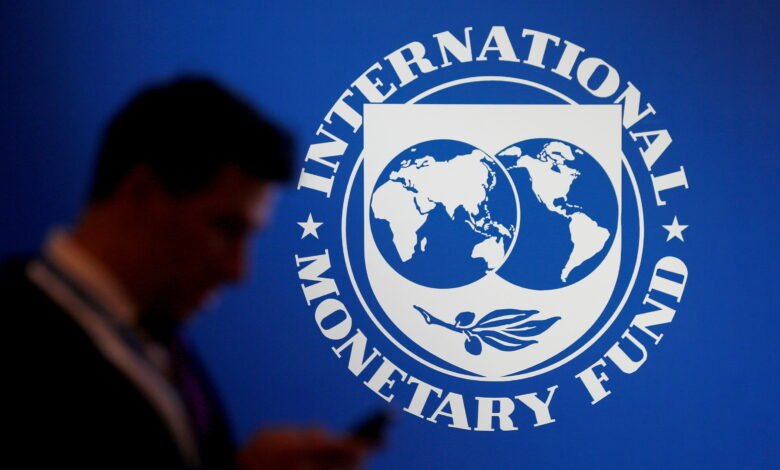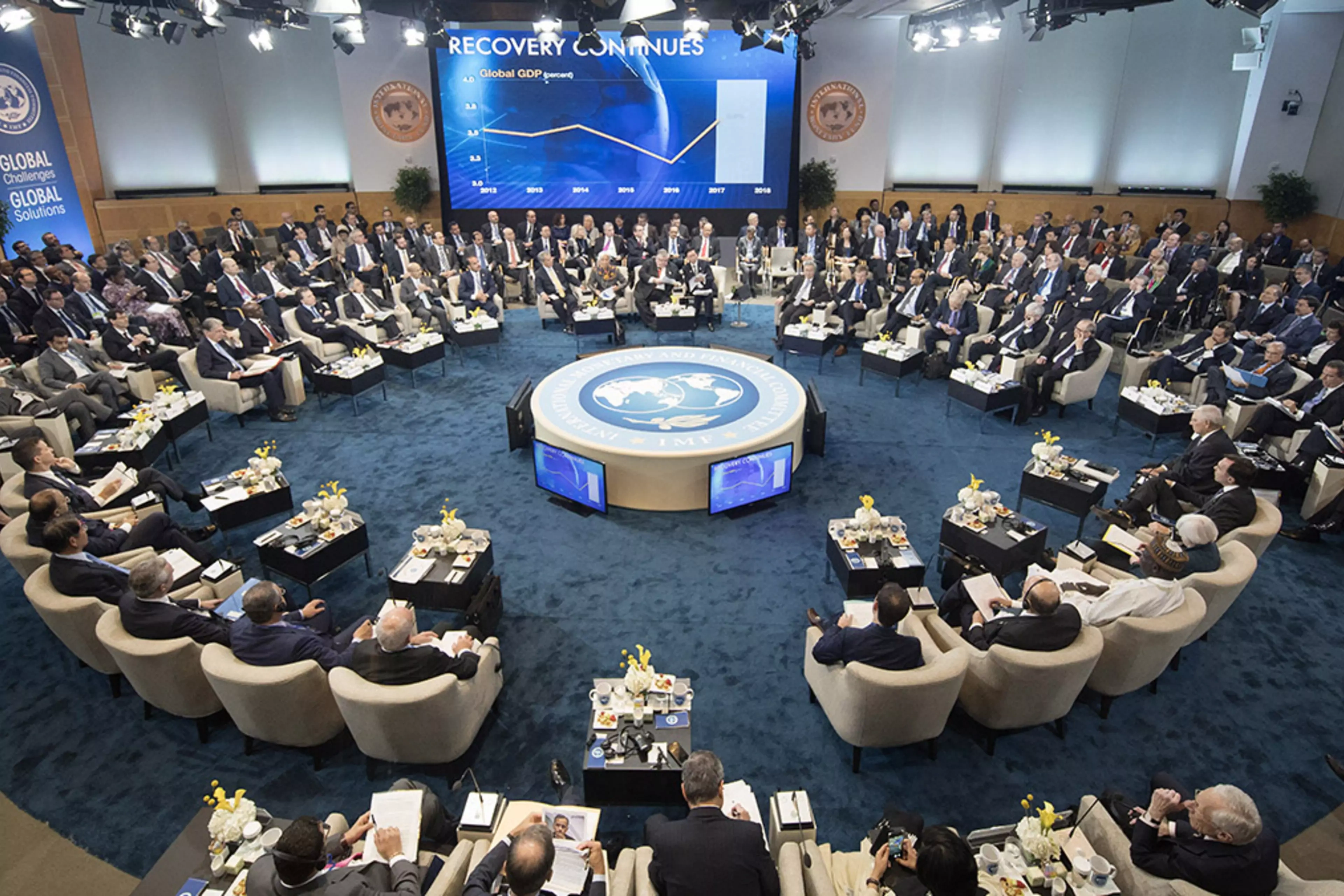The I.M.F. calls India’s direct cash transfer scheme a “logistical marvel.”

The I.M.F. calls India’s direct cash transfer scheme a “logistical marvel.”
The I.M.F.’s Deputy Director praises India’s direct cash transfer scheme, describing it as a “logistical marvel.”
The I.M.F.’s Deputy Director of Fiscal Affairs Department, Paolo Mauro, said at a Fiscal Monitor Press Briefing that the global lender has several examples of how companies deploy cash transfers and that “there is a lot to learn” from India.
The International Monetary Fund (I.M.F.) praised India’s direct cash transfer program and the Aadhaar initiative.
According to an I.M.F. official, India’s direct cash transfer scheme is “impressive.”
He emphasized India’s ‘amazing’ Aadhaar scheme.
According to an I.M.F. official, India’s social welfare scheme is a logistical marvel.
The International Monetary Fund (IMF) called India’s implementation of a direct cash transfer scheme and other social welfare programs a “logistical marvel.”On Wednesday, an I.M.F. official told the media that India’s social welfare programs are impressive because they reach “literally hundreds of millions of people.”

“We can learn a lot from India. There is much to be learned from other examples from around the world. We have models from almost every continent and income level. “When I look at the case of India, it is quite impressive,” said Paolo Mauro, Deputy Director of the I.M.F.’s Fiscal Affairs Department.
“It is a logistical marvel how these programs that seek to assist people with low income levels reach hundreds of millions of people,” he said in response to a question about a specific direct cash transfer program that the Indian government is successfully implementing.
Mauro mentioned that India has programs explicitly aimed at women and for the elderly, and farmers. The exciting part, he says, is that there is a lot of technological innovation in these examples.
THE IMF MENTIONS INDIA’S AADHAAR INITIATIVE
The I.M.F. official emphasized the country’s “amazing” Aadhaar scheme.
In the case of India, the use of its own Aadhaar identification system stands out,” said Mauro.
The International Monetary Fund (I.M.F.) praised the implementation of the cash transfer scheme in India on Wednesday, calling it a “logistical marvel” given the country’s size.
The I.M.F.’s Deputy Director of Fiscal Affairs Department, Paolo Mauro, said at a Fiscal Monitor Press Briefing that the global lender has several examples of how companies deploy cash transfers and that “there is a lot to learn” from India.
This was stated by a top I.M.F. official on the sidelines of the annual meetings of the International Monetary Fund (I.M.F.) and World Bank Group Boards of Governors (W.B.G.).
“We can learn a lot from India. Mauro said. There is much to be learned from other examples around the world.” “We have examples from almost every continent and income level.” “When I look at India, it is quite impressive,” he said.
Underscoring the country’s sheer size, the top I.M.F. official said it is a “logistical marvel” how these programs aimed at assisting low-income people reach hundreds of millions of people.
“There are programs that specifically target women.” There are programs aimed at the elderly and farmers,” he added in response to a question about India’s cash transfer schemes.
The I.M.F. official also cited the success of many technological innovations in India and the use of the Aadhaar unique identification system in making the cash transfer scheme a success.

“In that context,” said Vitor Gaspar, Director of Fiscal Affairs at the International Monetary Fund, “we are collaborating with India is one of the most exciting examples of applying technology to solve a very complex problem of targeting people who need it most. ” This praise for India’s cash transfer scheme comes as the country maintains its position as the world’s fastest-growing major economy.
“The outlook for India is for 6.8 percent growth in 2022, a 0.6 percentage point downgrade from the July forecast, reflecting a weaker-than-expected outturn in the second quarter (April-June) and more subdued external demand,” the International Monetary Fund said in its latest World Economic Outlook report.
The I.M.F. projected 7.4 percent G.D.P. growth for India in its July 2022 report. The I.M.F.’s latest GDP growth projection for India is lower than the Reserve Bank of India’s (R.B.I.) forecast of 7% for the fiscal year 2022-23.
We can learn a lot from India. We can learn a lot from other examples around the world. We have models from almost every continent and income level. “When I look at the case of India, it is quite impressive,” said Paolo Mauro, Deputy Director of the I.M.F.’s Fiscal Affairs Department, as quoted by PTI.
Indeed, given the sheer size of the country, it is a logistical marvel that these programs aimed at assisting low-income people to reach hundreds of millions of people. “In response to a question about the particular direct cash transfer program that the Indian government is successfully implementing, he stated.
There are programs explicitly aimed at women. There are programs for the elderly and farmers. The exciting part, he says, is that there is a lot of technological innovation in these examples.
“One thing that stands out in the case of India is the use of the Aadhaar unique identification system,” Mauro said.
However, in other countries, sending money through mobile banking to people who don’t have a lot of money but have a cell phone is more common,” Mauro said.
“Being somewhat innovative in identifying people, processing their applications for transfers via digital means, and deploying funds via, once again, mobile banking.” Countries can learn from one another in this area. “We try to be a little bit of a gathering place here where people can compare these types of experiences,” he added.
India “is one of the most inspiring examples of applying technology to solve highly complex problems while targeting those who need it most,” said Vitor Gaspar, director of financial affairs. said.
The I.M.F. has also collaborated with many African countries on government technology.
In Africa, numerous examples of innovation are both relevant and inspiring. So, the exchange of experiences that Paolo mentioned is something we are attempting to organize, and the amount of learning that can occur is quite surprising.
“A lot is going on in India, Africa, and other parts of the world,” Gaspar explained.
“There are programs that specifically target women,” the I.M.F. official added. There are programs for the elderly and farmers. Perhaps the most intriguing aspect is that there is a lot of technological innovation in these examples.”

According to IMF Finance Director Vitor Gaspard, the IMF is working with India to introduce new technologies, and India has “solved a very complex problem of reaching people in need of technology.” It’s one of the most inspiring examples of applying technology to… “That’s the best.”
“India has a lot to teach us,” IMF Deputy Director of Fiscal Affairs Department Paolo Mauro said at a Fiscal Monitor press conference. There is a lot to be learned from other countries’ examples. We have examples from nearly every continent and socioeconomic level. When I consider the case of India, I am quite impressed.”
Speaking about India’s successful implementation of the direct cash transfer program, Mauro emphasized the country’s “sheer size,” saying, “It is a logical marvel how these programs that seek to help people with low income levels reach literally hundreds of millions of people.”
In the case of India, one notable feature is the use of the Aadhaar unique identification system.”




